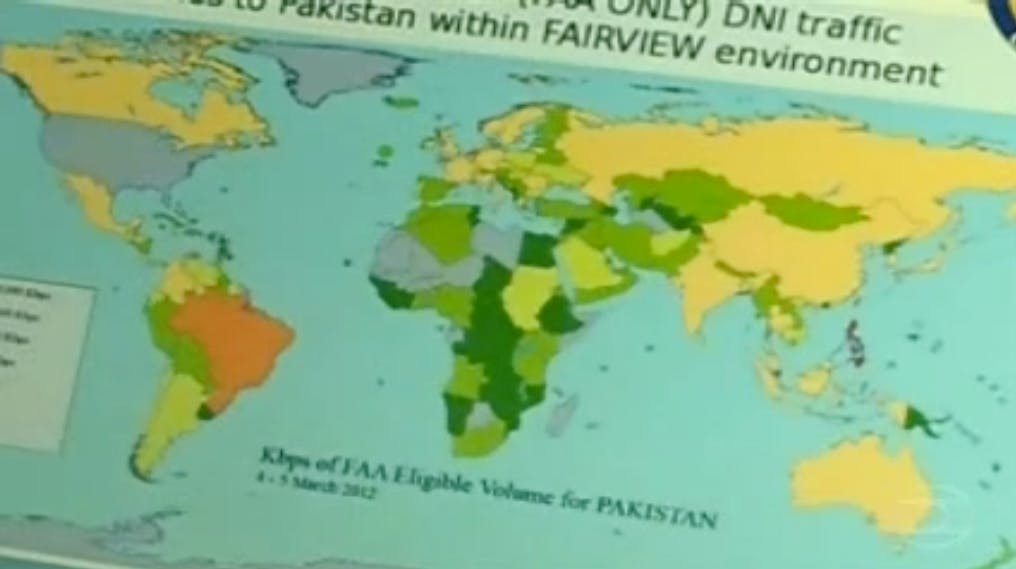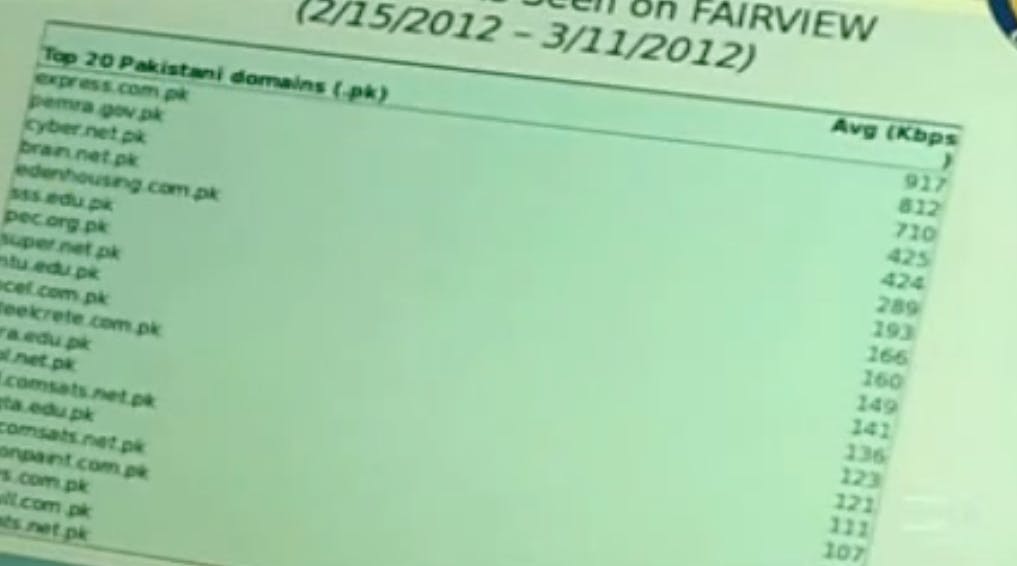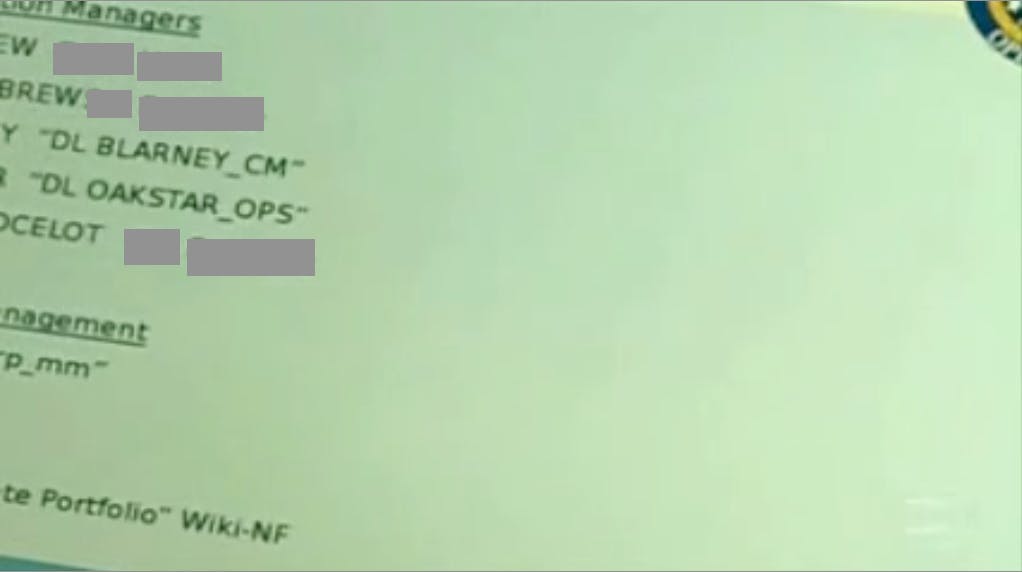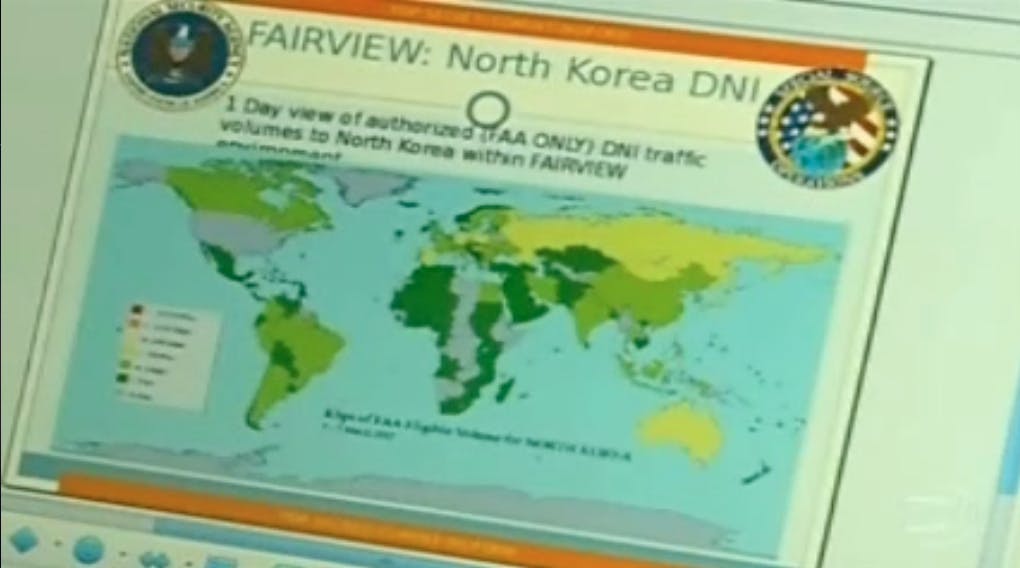Four new slides detailing the U.S. National Security Agency’s international surveillance operations were aired by a Brazilian television station.
Two weeks ago, the Brazilian network Rede Globo ran an interview with Guardian journalist Glenn Greenwald, who worked with former NSA contractor Edward Snowden to blow the whistle on the agency’s controversial intelligence gathering programs.
The broadcast focused on an article that Greenwald, who lives in Brazil, had written the previous day for the Brazilian newspaper O Globo about U.S. spying operations in the country.
In his article, Greenwald detailed how the NSA collected the emails and phone records of millions of Brazilians. To accompany the story, O Globo published top secret NSA PowerPoint slides leaked by Snowden. According to Greenwald, the Guardian provided the paper with the slides.
When Rede Globo aired their interview, they ran an additional set of unpublished slides pertaining to the FAIRVIEW program, which former NSA senior executive and whistleblower Thomas Drake described as the agency’s operation to “own the internet.”
The first slide aired by Rede Globo is a heat map measuring the amount of data from each country intercepted on its way to Pakistan between March 4 and 5, 2012. A smaller, cropped version of the slide was published the day before by O Globo, along with similar slides for Russia and Iran. In this slide, it is clear that relative to other countries, a disproportionate amount of information is captured from Brazil.

On the second slide is a list of the “Top 20 Pakistani domains (.pk).” Though the complete title of the slide isn’t shown, the word “FAIRVIEW” is clearly visible.

The third slide appears to list the program managers of operations BLARNEY, OAKSTAR and STORMBREW. (The names have been redacted here but are visible on the Brazilian broadcast.) Not much is known about the latter two programs, though according to Drake, all three are part of FAIRVIEW. Drake previously told the Daily Dot that BLARNEY was the international version of PRISM.

The fourth slide depicts similar traffic information as the first, this time for North Korea. The slide reads, “1 Day view of authorized (FAA ONLY) DNI traffic volumes to North Korea within FAIRVIEW environment.” DNI, in this case, presumably stands for “Digital Network Intelligence.”

In Greenwald’s article for O Globo, an annotated slide depicts the success of the agency’s BOUNDLESS INFORMANT program, which is designed to track the location and volume of information collected by the NSA’s various operations around the globe. In the slide, the volume of monthly data collected from each country is again shown on a heat map. The raw numbers for most of the countries are not published, but in the U.S., that number is 2.349 billion messages. Countries with similar colorings are Brazil, Russia and Australia, to name a few.
The exact reasons for the NSA’s focus on Brazil aren’t clear from the slides. However, “Brazil is emerging as significant political, financial, and economic power on world scene,” Drake said.
According to the Rede Globo broadcast (translated), “Greenwald says that Brazil became a strategic focus of the U.S. ‘Big Brother’ because the data that transits through here is less protected than the same data in other countries.”
On the broadcast Greenwald added: “We don’t want to know what one Brazilian is saying to another Brazilian, but we want to know if someone from China, for example, is speaking to someone here.”
Brazil has a larger population and better Internet infrastructure than many other Latin American countries. As depicted by this map of submarine cables—which are tapped by FAIRVIEW—the country serves as a regional hub for communication from around the world. “They communicate with Brazil but not the U.S.,” explained Carolina Rossini, the project director for the Latin American Resource Center at the New America Foundation. Tapping into Brazil’s Internet traffic affords the NSA access to communications that don’t pass directly through the U.S.
Similar NSA programs exist around the world. Last week the magazine Der Spiegel revealed that Germany’s intelligence agencies had collaborated with the NSA to spy on German citizens. However, Rossini doubts the same arrangement exists in Brazil. “It’s much less likely,” she said. “There may be an agreement to collaborate with the U.S. when there is suspicious activity, but it’s hard to say because none of that is public.”
Photo via Rede Globo/YouTube


